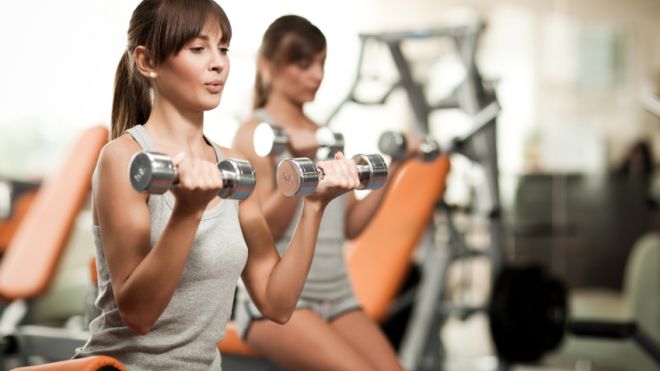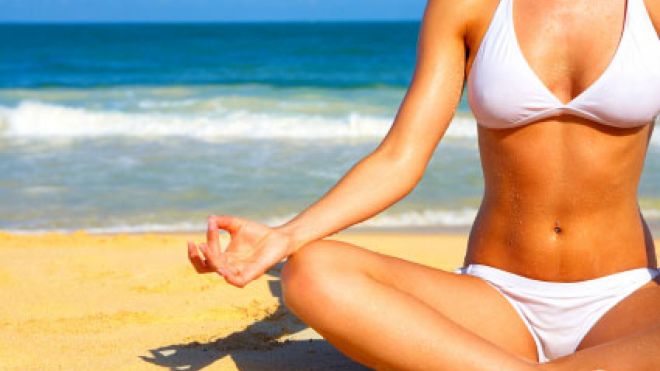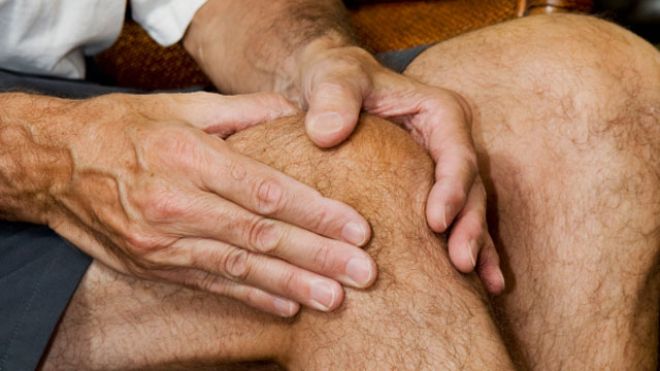7 ways to cut your diabetes risk
Defend yourself against prediabetes and type 2 diabetes by sticking to these lifestyle habits, like lifting weights and getting a good night's sleep Hit the Weights Upping your lean muscle mass could lower your insulin resistance and drop your odds of developing prediabetes, according to a new study in The Journal of Clinical Endocrinology & Metabolism. Researchers found that for every 10 percent increase in muscle mass, people's prediabetes risk fell by 12 percent.  Build three days of resistance training into your weekly fitness plan, Sheri Colberg-Ochs, a professor of exercise science at Old Dominion University, said. And aim for at least two and a half hours a week of glucose-burning cardio activity such as running, cycling or swimming. MORE: 4 Muscle-Sculpting Kettlebell Exercises Score Enough Sleep Long-term sleep deprivation may amp up the body's insulin resistance, especially in people genetically predisposed to diabetes. A preliminary University of Chicago study found that those who regularly snoozed fewer than six hours a night were at the highest risk. Try to get at least seven hours of shut-eye each evening. MORE: 15 Tricks to Sleep Better Tonight Fiber Up The rough stuff isn't just good for digestion—it also curbs post-meal sugar spikes by slowing down the flow of glucose into the bloodstream. So when you crave something sweet, opt for fiber-rich fruit such as raspberries or pears. And consider adding brown rice to your diet: Eating two or more servings a week lowers diabetes risk by 11 percent, an Archives of Internal Medicine study said. MORE: What Your Food Cravings Say About Your Health Chill Out Chronic stress is a risk factor for many major diseases, including diabetes.  “When your body senses stress, it releases hormones that increase blood sugar,” Colberg-Ochs said.  That rush is beneficial in a pinch but dangerous long-term. Regularly practicing deep breathing or meditation, listening to calming music or getting massages can quell stress hormones and help lower overall blood sugar, she said. MORE: 8 Daily Strategies That De-Stress Your Life Embrace the Omegas The omega-3 fatty acids found in foods like oily fish (wild salmon, sardines) can help improve insulin sensitivity. Nosh on at least one serving of such seafood a week. Do the D The “sunshine vitamin” may be a key factor in the fight against diabetes. A review published in The Journal of Clinical Endocrinology & Metabolism found that people with high vitamin-D levels were less likely to develop type 2. Swallow 1,000 to 2,000 IU a day through dairy foods, fatty fish, or supplements. Spice Things Up Cinnamon may be an ace at lowering blood sugar levels, research in the Journal of the American Board of Family Medicine said. Rich in nutrients called polyphenols, the sweet spice may help insulin do its job more effectively. Sprinkle some into your morning joe or mix it into an oatmeal snack.source : http://www.foxnews.com/health/2013/06/10/7-ways-to-cut-your-diabetes-risk/





